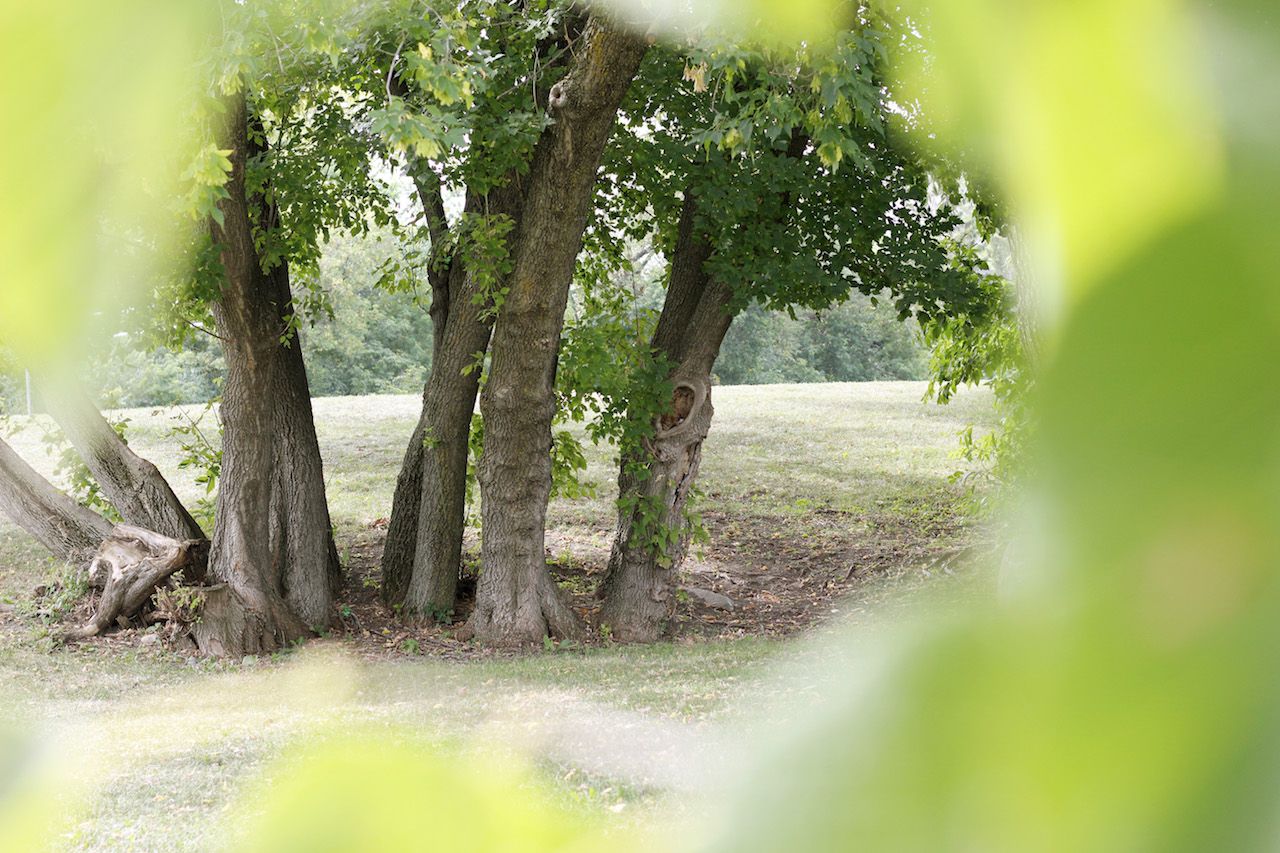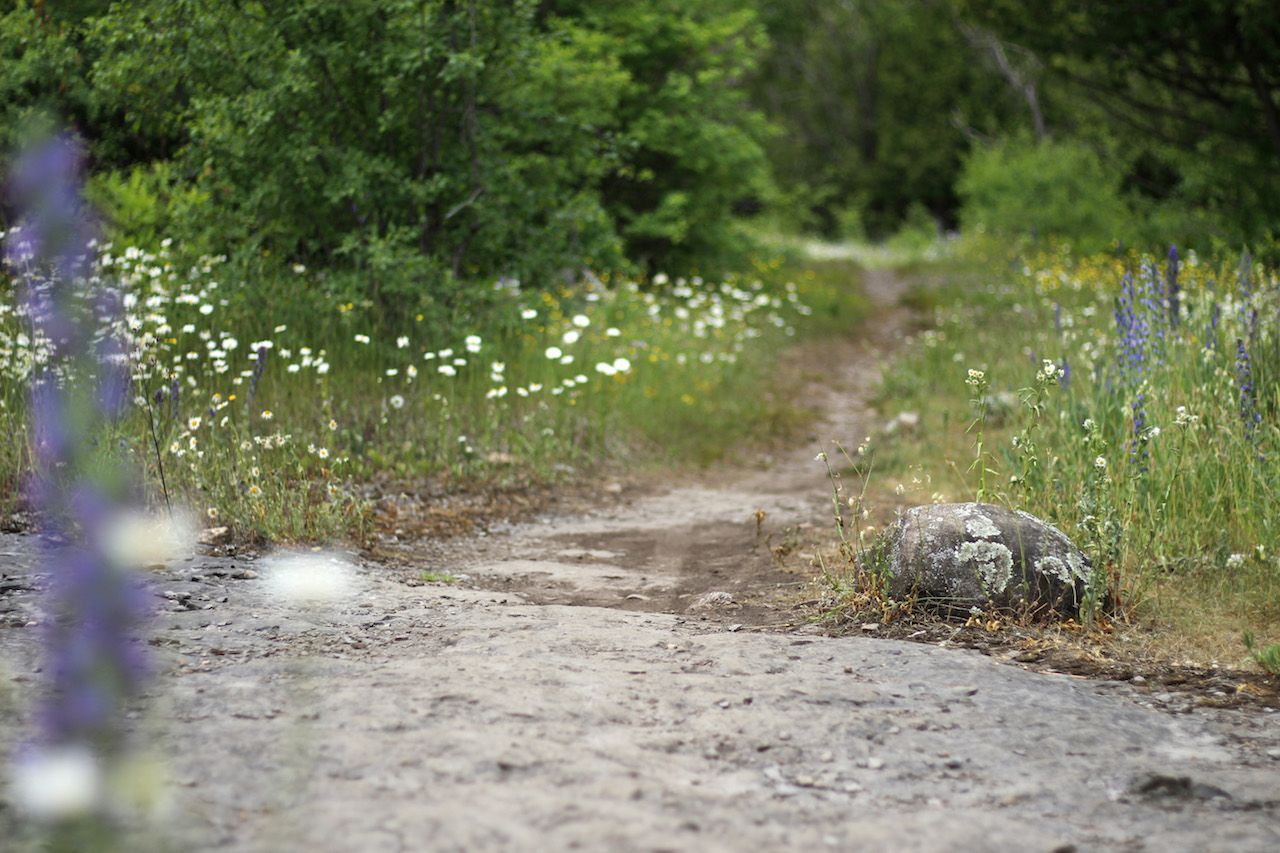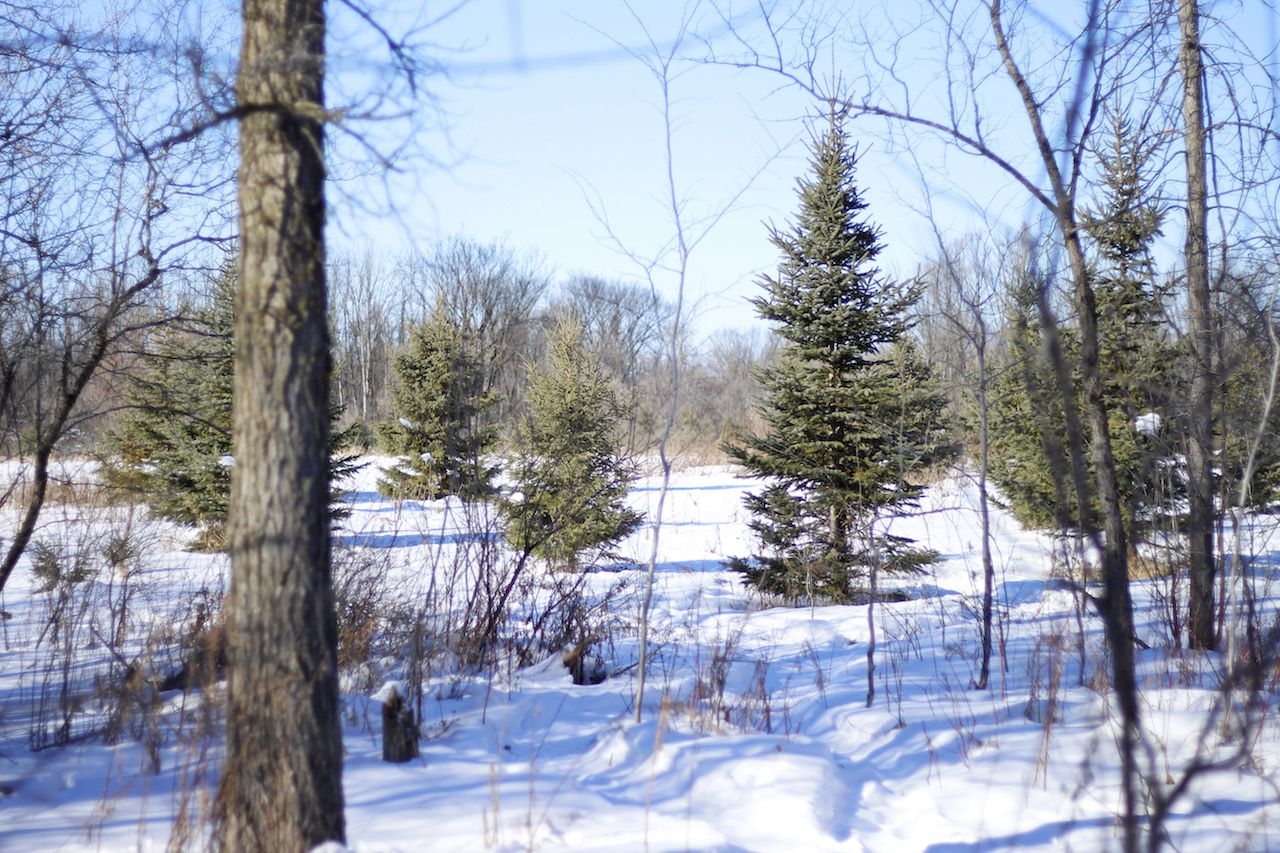
Blog
The Nature of Trauma

"Maya fell down!" a child yelled.
I turned around and just a few metres behind me was Maya on the ground, next to the table we'd set up under a tree so the children could sit and paint beneath the shade. Beside her was an upturned chair.
She must have been doing that thing that kids do where they tilt their chair back to balance on two of the legs. That's a universal thing children do, right? Well, Maya had lost her balance and fallen off the chair.
I immediately went over to check on her and could see no injuries. Her fall had been a short one onto semi-soft soil with a low risk for injuries. But she was mildly shaking, breathing shallowly, and had a glazed look over her eyes.
An overreaction some would say. Overly dramatic. Probably just looking for attention...
But after a few moments Maya started to speak. She began to share a memory with me. A while ago she had fallen down her stairs at home and hurt her leg. It was an experience that had really scared her. As she spoke her breathing became more rapid and shallow, her little hands were still trembling, and her eyes stayed unfocused as if she were off in another world. Trapped in a memory.
I was kneeling beside her, listening quietly and acknowledging what she was sharing at first, but now I knew was time to step in. I gently said her name, "Maya."
She looked up at me and I continued, "I'm here with you. You're safe here at Nature School. Take a look around you. Can you see your friends over there playing? And look, there's the tree you love to climb."
We took a few moments to scan our surroundings together. Her breathing slowed. Her trembling stopped. I helped her up. And within a few minutes she was back to happily playing with her friends.
Orienting. That's what the technique I used is called. This article by Irene Lyon gives a good introduction to it.
"The trauma we carry with us – be it catastrophic or seemingly benign – no longer resides in the actual event. After all, the event is in the past. The trauma resides, and can stay trapped, in our nervous system. So if we look at it from this perspective, how then do we get rid of these traumas that live and breathe in our nervous system? First, we need to let our nervous system know we are safe. We need to let it know we are here. Now. Not in the past. Not in our traumatic events...
The ability to orient to your current surroundings (granted of course you are in a safe situation) is the key to being in the here and now."

You may be surprised to know how I learned about this specific technique.
It was not from taking a course about trauma-informed practice, or reading articles online, or researching the nervous system in books... No. I learned it because I had to in order to function in my day-to-day life.
You see, towards the end of 2019 I developed post-traumatic stress disorder. Now, I acknowledge that term is often thrown around in every day conversation. For example, we describe hard experiences and then say "It's given me PTSD." I have said similar things too, before truly understanding what it is. So please know I do not share any of this lightly.
Here's what PTSD has looked like for me...
Nightmares and panic attacks almost every night. Unable to sleep. Calming just enough to rest, only to then experience what I call "revving" where my body feels like it's being shocked over and over at regularly intervals. Flashbacks. In the middle of the day. Trapped in movie-like clips of memories from my past, but completely out of order. Disoriented. Forgetting where I am and what I was doing. Chronic pain in my psoas (muscle activated by flight response) that often made walking painfully unbearable. Inability to speak or make decisions, even if it's just about what to have for lunch. Hypersensitivity to sensory input. The sound of a car horn or a tense scene on a TV show could send me into panic.
This lasted for years. Yep, years. But I tried my best to hide what was happening to me from everyone I could. One, because I didn't understand it myself, so how could I explain it to anyone else? And even just talking about it was sometimes enough to trigger me. Two, because of shame and stigma surrounding mental health. I was embarrassed I couldn't seem to handle things that "everyone else" could. And three, because if I showed my symptoms to others, 99% of the time their reaction and any interaction that followed would make it worse.
An overreaction some would say. Overly dramatic. Probably just looking for attention...
Without a solid understanding of the human nervous system, even those with the best of intentions can easily re-trigger or re-traumatize someone in psychiatric distress.
I experienced this with colleagues at work, family members, friends, nurses, doctors, and even psychiatrists. So not only was I expending enormous energy managing my symptoms (mental health affects the whole body!), I also had to protect myself from almost everyone around me. Everyone... except the more-than-human.

Being outside with the trees and the birds, the wind and the sunshine, and especially anywhere near water, was often the only thing that would re-ground me during a PTSD episode. Even in middle of the night. Even in the dead of winter. Even in the rain. Outdoors with the natural world is where I could orient to my surroundings best. To know I was safe.
There are so many of us that struggle. It's not weakness, it's a reality of the complex and concerning times we're living through. Why should we pretend that's not true?

References:
Lyon, I. (2011, July 17). Cleanse Your Body of Trauma. Nervous System Cleansing 101. Step 1: Orientation. Irene Lyon. https://irenelyon.com/2011/07/17/how-to-cleanse-your-body-of-trauma-nervous-system-cleansing-101-step-1-orientation
